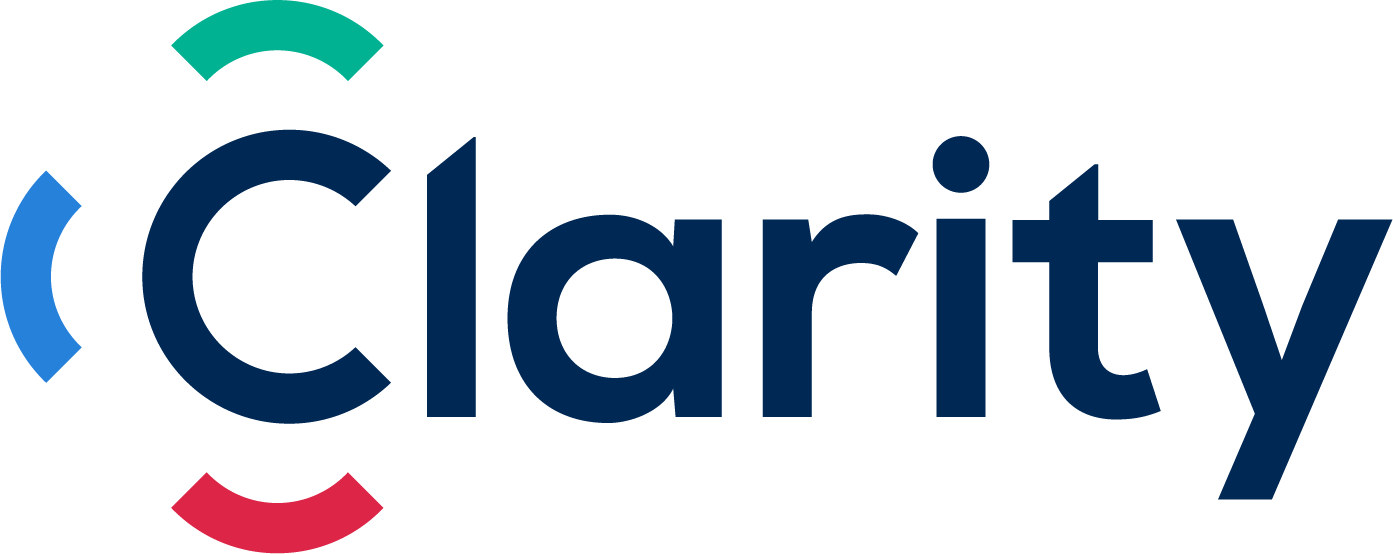Onboarding a remote employee can be a tricky process made even trickier due to the COVID-19 outbreak. To be sure, the first few days of an employee’s start date is crucial to their performance on the job. How then can we ensure a smooth onboarding process when office visits are cancelled, meetings are remotely conducted and the world is on lockdown? Here are some tips:
Double down on high-touch
Two weeks before the start of the new employee, make sure everyone takes the time to introduce themselves. Encourage everyone to send a video greeting if they are able. Also consider sending a welcome email a week before the start-date so the new employee knows what to expect. You might want to include tips on how to work well remotely and a link to the company directory with phone numbers. Taking extra time for cordial communication is more important now than ever and will make the new employee settle into the new workplace quickly.
A Unified “Day-1”
To ensure the best onboarding system, there has to be uniformity in the process. Each new employee that joins the organization, whether it’s at the offices or remotely, has to have the same process. This establishes that everyone is equal, and values. With remote onboarding specifically, having a unified system also allows everyone to be on the same page without any overlap or miscommunication, in a time where communication is paramount.
Hardware
Make an inventory of everything a new employee will need to be effective. Ship a laptop, smart phone and other things needed to equip their home office. Make sure that the laptop comes pre-installed with all of the software that the employee will need. Have someone from your team orient the new hire on the organization’s systems and processes.
Consider establishing a policy where the remote hire can go out and purchase office supplies up to a certain amount and then get reimbursed. Shopify, for example, is giving employees a $1000 stipend to buy supplies while they work from home.
Software
There are key pieces of software every team needs to work effectively remotely. One tool that we’ve seen work very well is the G Suite of products. Everything from email, documents, calendaring and meetings is taken care of with one comprehensive tool. Further, we recommend Slack for communication between your distributed teams.
Don’t assume every employee knows how to use the software you’ve provided. Offer documentation and training videos on how to use these, and be sure to offer up your time to walk somebody through challenges and roadblocks.
Paperwork
Send all paperwork, such as tax, payroll and insurance forms via email. Make sure that a follow-up call is done to help the new employee fill-in the paperwork properly, and to answer any questions regarding the forms. Have them sign and submit the paperwork electronically. Tools like DocuSign and Adobe Sign can help with this.
The Buddy System
The first 2 months for a remote hire can feel overwhelming. Research has shown that after the first week on the job, new hires with buddies were 23% more satisfied with their overall onboarding experience compared with those without buddies. Establish a key contact for the new hire to help them through the first few weeks (and beyond). The mentor can help the new employee adjust, troubleshoot and feel like a part of the team.
The Team
Use video conferencing (assuming that the new hire can’t come into the office for the first few days) to introduce the new hire to the rest of the team. According to this article from the Society for Human Resource Management, video conferencing can be a valuable tool for keeping remote hires connected to the organization. Google Hangouts Meet and Zoom both have geat video conferencing options. Google has made its premium version of hangouts meet free as more people work remotely.
Open Conversations
Learning through osmosis is virtually impossible with remote teams as you won’t be able to listen in on crucial conversations or know what’s going in people’s lives. One way to offset this is to offer up virtual solutions to the problem. If you already use Slack, you know how communication happening openly can lead to business improvements. You can further create a company intranet to have policies, procedures and training documents available on-demand. You can create a simple team intranet using Google Sites. Sharepoint Online offers a more extensive but is a bit more expensive.
Set Clear Expectations
Once the new hire starts, ensure that the hiring manager takes the time to discuss expectations openly. Typically, remote employees are highly self-motivated and self-directed. In fact, research shows that they are almost twice as likely to work longer hours than their on-site counterparts. That being said, establishing specific, measurable outcomes for what the remote employee needs to accomplish is critical to ensuring productivity and preventing burnout. Discuss which specific hours the employee needs to be available and what your meeting cadence will be. The new hire should understand the culture, how staff engage with each other, standards and norms. Read Clarity’s post on how to be effective while working from home.
Regular Contact
Regular one-on-one’s must be scheduled to ensure that the remote employee feels connected to the team. One-on-ones allow managers to give and receive feedback. They are also critical for tracking progress and course-correcting if needed.
Video conference with the remote employee into all team meetings. It will be hard for the remote employee to build bonds with the rest of the team, so encourage some level of digital camaraderie. Maybe it’s a monthly, online team meeting, but however it’s pursued, infusing the company culture into digital interactions is critical in keeping a remote employee connected. Read this article from the Harvard Business Review to learn how to have productive one-on-ones.
Break The Flow
Onboarding can be a challenging experience, especially when doing it remotely. Not being able to see each other in person, however, should not be an obstacle for team building from the beginning. Creating trivia events and activities for onboarding employees not only allows them a break from the onboarding process, but also builds comfort while communicating online and forms connections between current staff and new alike.
Key Takeaways
Conducting a proper onboarding process for remote employees is critical for maximizing productivity and retaining a potentially valuable team member, especially when remote work is mandated. Ensure that the remote employee feels connected to the rest of the team whether it’s through regular conference calls, video chats or team meetings. Send all of the equipment and software that the employee needs in advance. Schedule regular one-on-one meetings to give and receive feedback, and have a mentor in place to help guide the remote employee during their first few weeks (and beyond). Establish expectations from the beginning and be prepared to offer additional support to a remote employee as they adjust to their role.
Clarity is a recruitment agency specializing in the placement of designated Accountants and Finance professionals in the GTA and Vancouver. Our mission is to improve decision-making in hiring by investing in behavioural science and hiring technology. We specialize in finance and accounting recruitment, project & interim resourcing and executive search for high growth companies.
Subscribe to our newsletter and follow us on LinkedIn to stay updated on articles, research and job opportunities.

